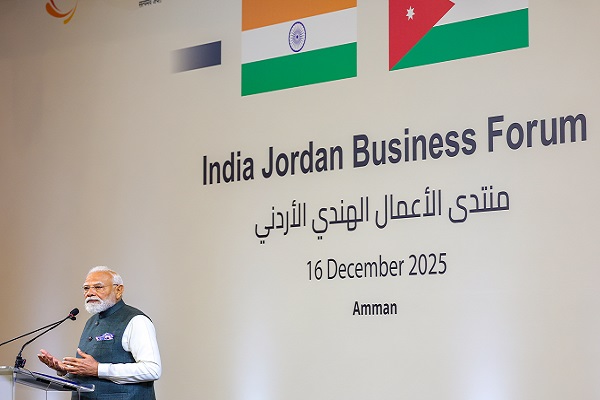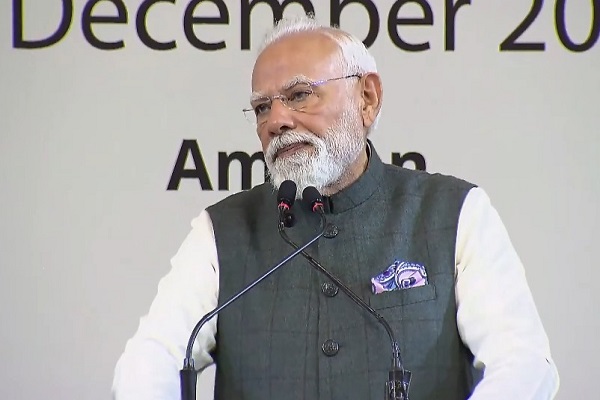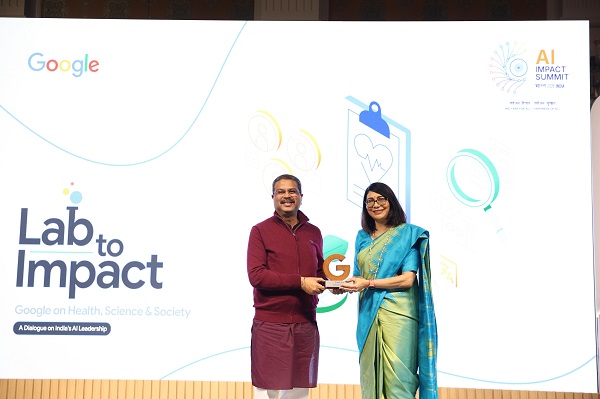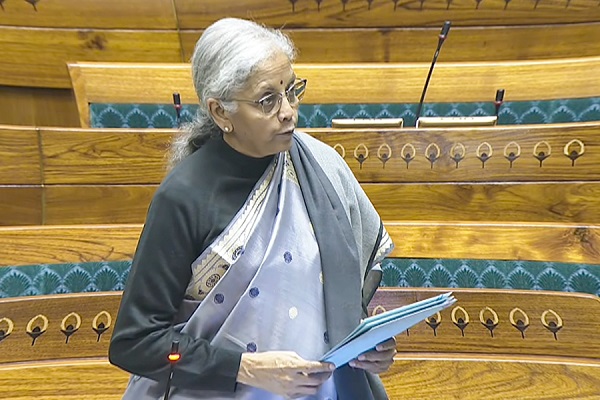CPI Inflation Moderates Further in July by CareEdge Ratings
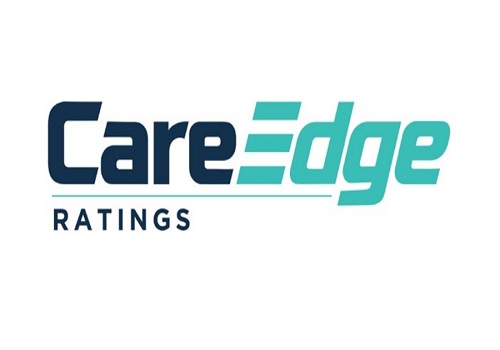
The CPI inflation eased further to 1.6% in July, primarily driven by the deepening of deflation in the food category. The core inflation also eased to 4.1% down from 4.4% last month and remains at comfortable levels. The fall in core inflation was largely due to the sharp moderation of inflationary pressures in transport, communication, and education. However, high double-digit inflation in precious metals continued. Excluding gold and silver, core inflation stood at 3.5%.
Easing Food Prices Support the Lower Inflation Print
Within the CPI basket, the deflation in the food and beverages category deepened further, contracting by 0.8% YoY. This was led by deflation in key items such as vegetables (-20.7% YoY), pulses (-13.8%), spices (-3.1%), and meat (-0.6%). However, double-digit inflation in edible oils (19.2% YoY) and fruits (14.4%) has contained the disinflation in the food basket. The persistent inflation in edible oil remains a concern, given India’s dependence on imports and elevated global prices. Notably, the FAO Vegetable Oil Price Index rose to a three-year high in July, growing ~24% YoY. Kharif sowing of oil seeds has also lagged so far, with a 3.7% contraction, which can prolong inflationary pressure in this segment. Nevertheless, the government's recent reduction in basic customs duty on imported edible oils should help cushion price pressures.
Looking ahead, food inflation is likely to remain contained, supported by healthy agricultural activity and a favourable base. Except for oil seeds, kharif sowing of food grains has been good, led by cereals, which is up ~8% YoY. The monsoon has so far been normal, although regional distribution issues persist, with deficits observed in Eastern India (-18%). Still, adequate reservoir levels and strong kharif sowing progress bode well for agricultural output and food price stability. Close monitoring of the monsoon’s spatial and temporal distribution will remain crucial.
Exhibit 1: CPI and Core Inflation Exhibit 2: Contributions to CPI Inflation


Global Commodity Prices Remain Comfortable But Risks Persist
On the external front, while global commodity prices are broadly expected to remain stable, intermittent spikes cannot be ruled out amid ongoing geopolitical tensions. Crude oil prices, which had surged due to unrest in the Middle East, have since corrected, trading close to USD 67/bbl. However, concerns over potential US secondary sanctions on Russian crude could disrupt supply chains for major importers such as India and China. Although OPEC has spare capacity, global oil dynamics could shift and will need close monitoring.
Table 1: Component-Wise Retail Inflation (Year-on-Year %)

Way Forward
With food inflation remaining subdued and demand-side pressures contained, we project average CPI inflation at 3.1% for FY26. The RBI maintained policy rates in its August meeting, following a front-loaded rate cut in June. However, we expect inflationary momentum to rise in the second half of the fiscal year as the favourable base effect fades. Q4 FY26 inflation is projected to average well above 4%, and for FY27, we expect it to average above 4.5%. Accordingly, we do not anticipate further rate cuts unless economic growth weakens significantly. In FY27, the introduction of the new CPI series with a 2024 base year will be an important development to monitor, as it is expected to feature a reduced weight for the food basket and inclusion of additional segments like prices of ecommerce and video streaming services.
Above views are of the author and not of the website kindly read disclaimer




